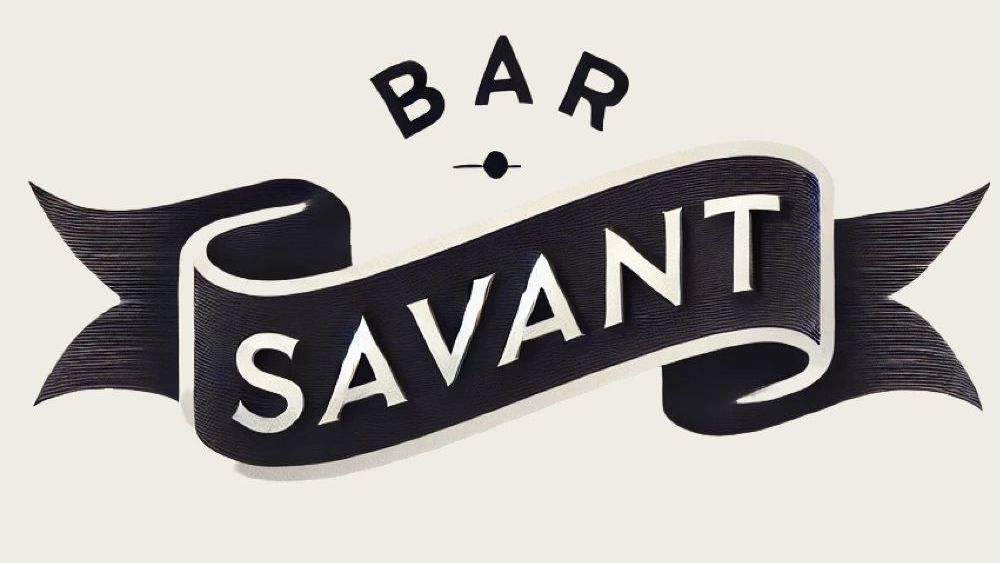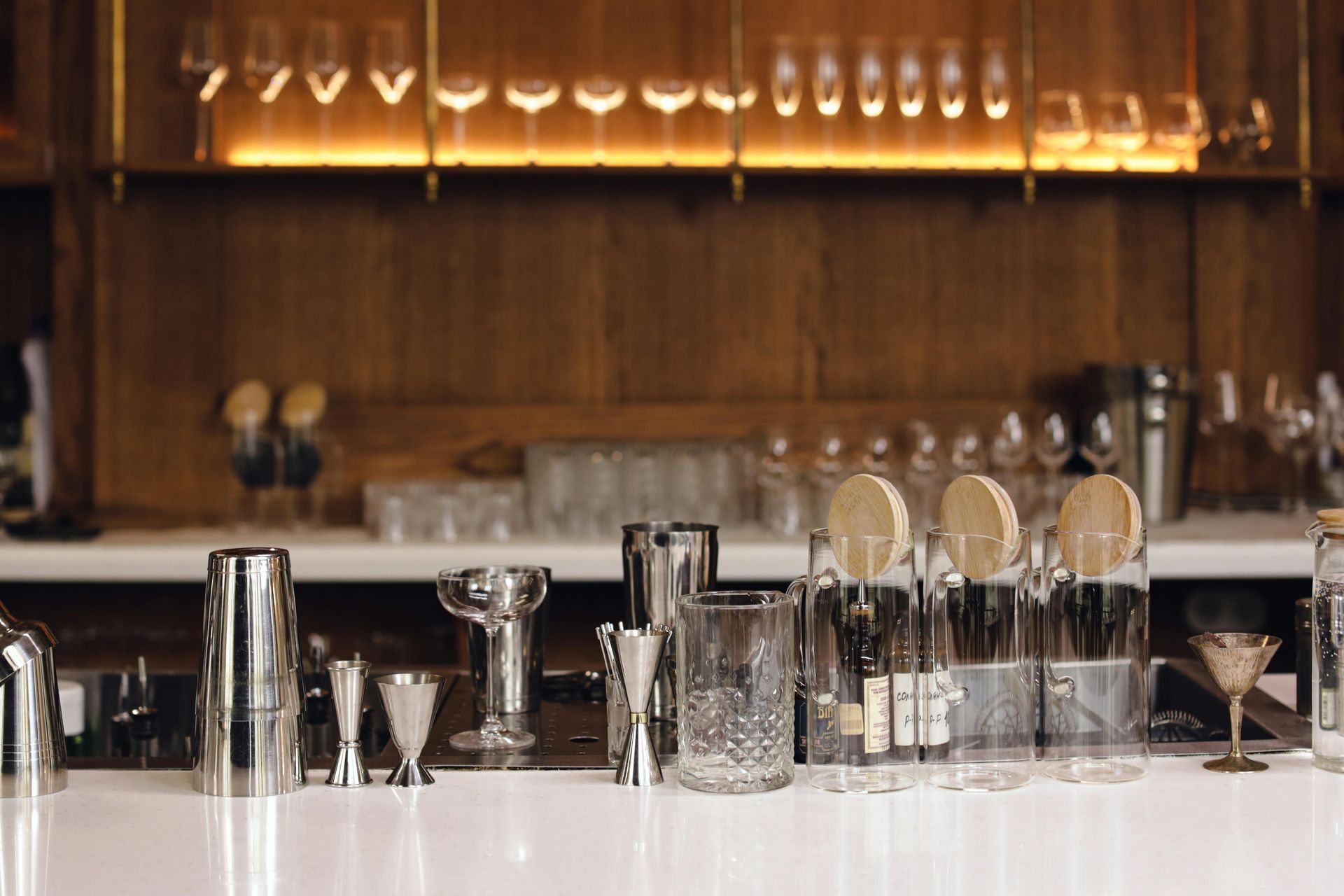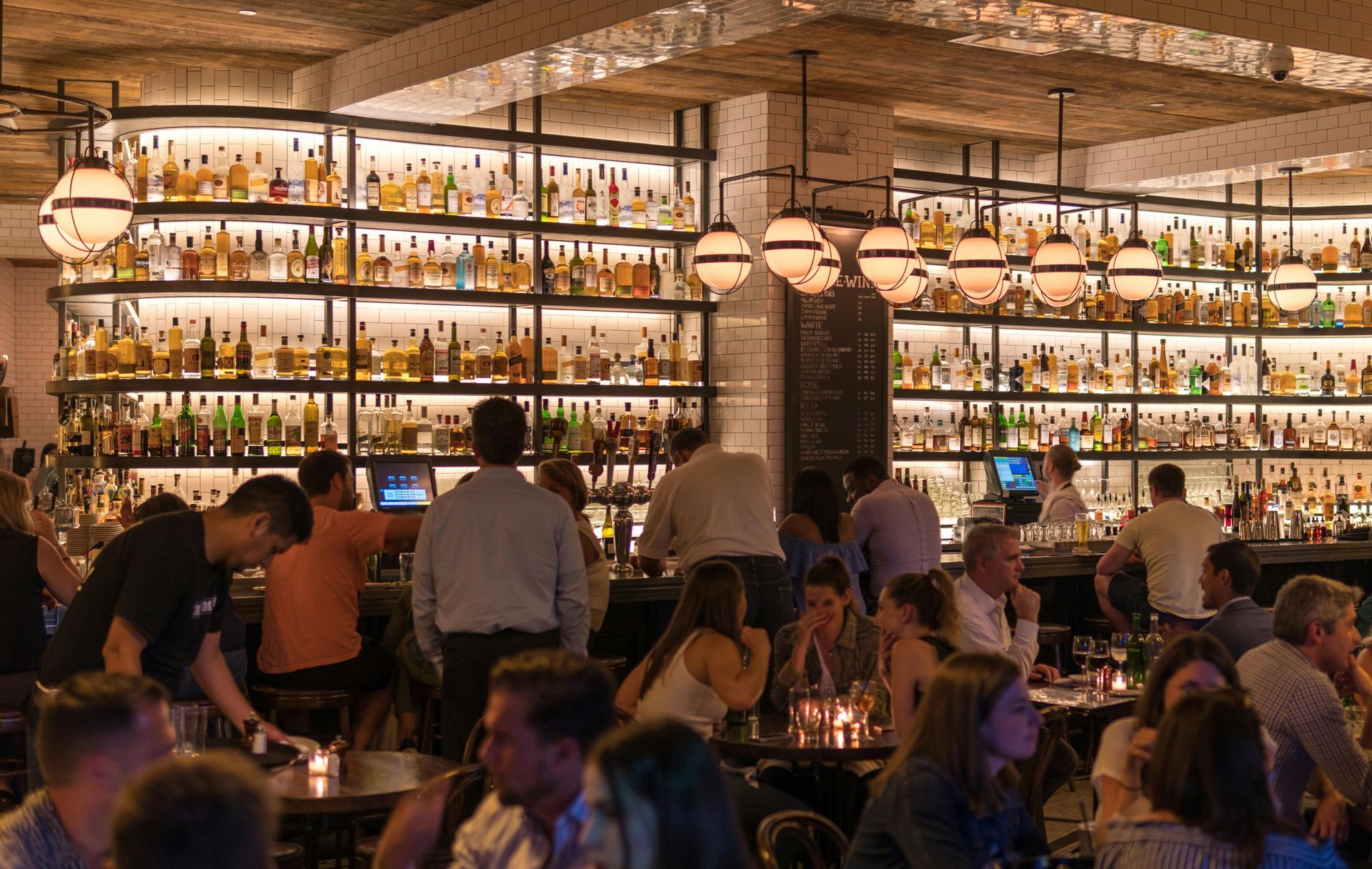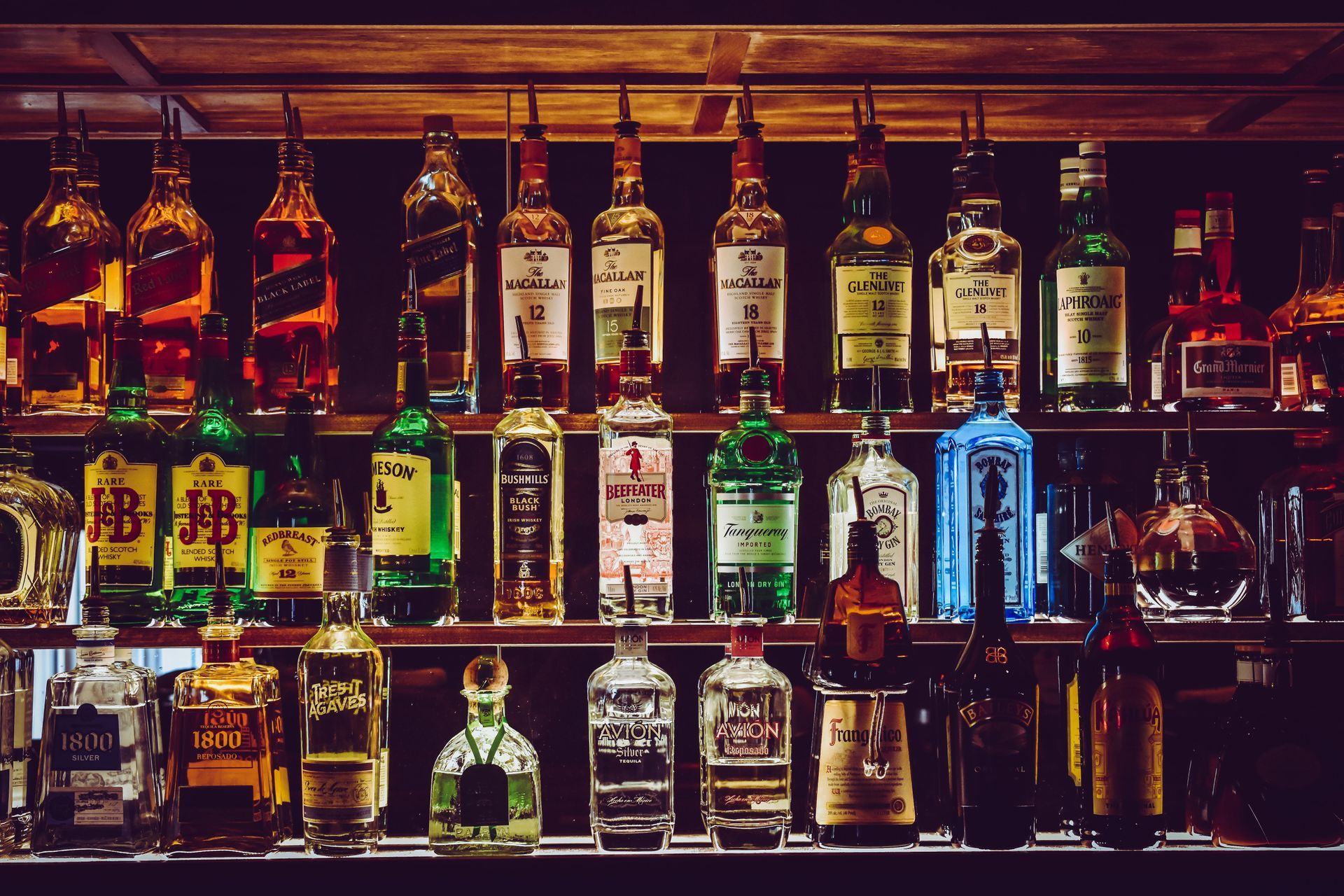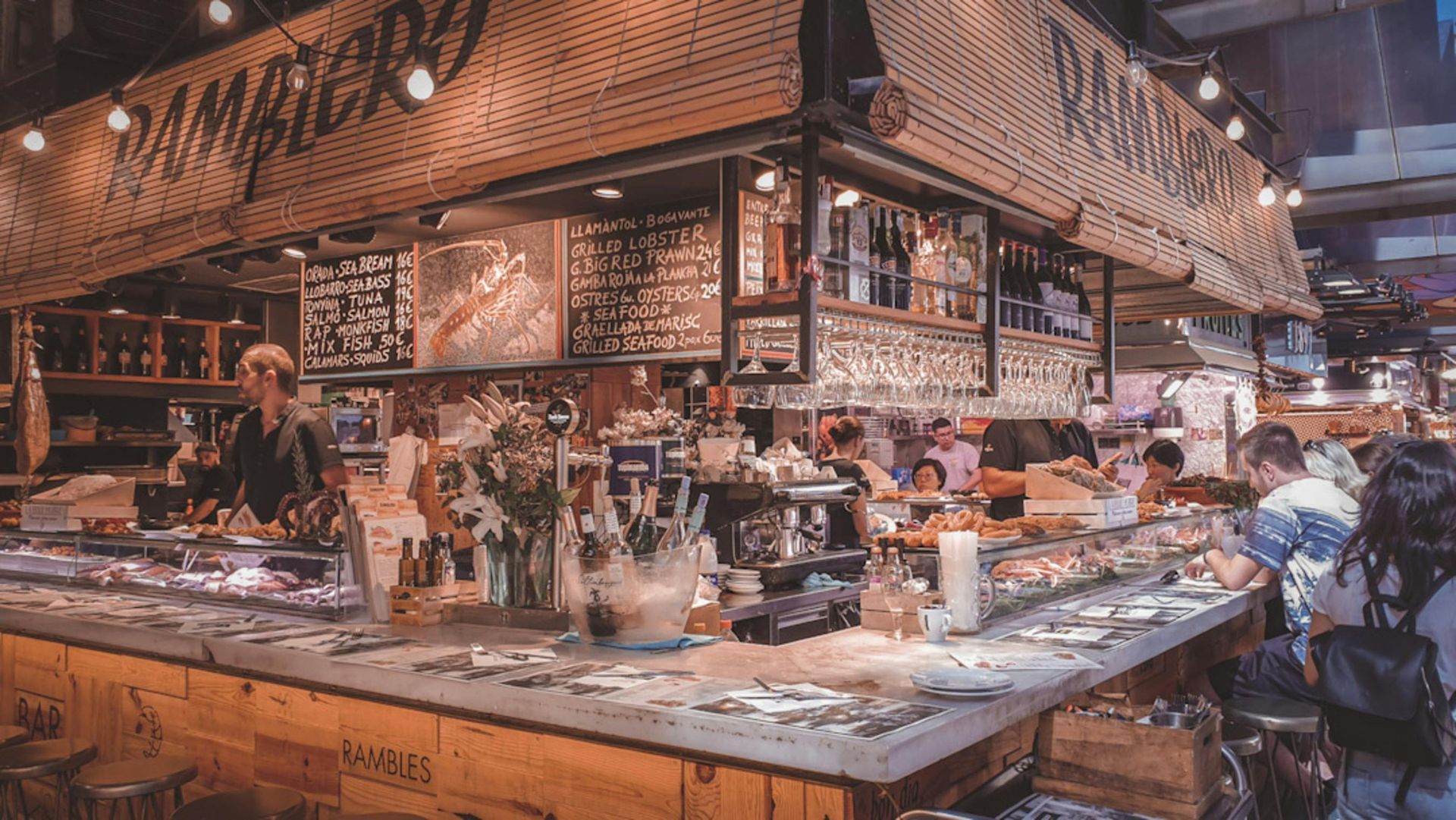Menu Design and Development
Gettye Goins • December 18, 2024
A craft cocktail bar’s menu is more than a simple list of drinks and prices. It’s a living document that represents the bar’s identity, philosophy, and ongoing evolution. It conveys the establishment’s ethos and sets the stage for the guest experience. At the heart of this philosophy is a delicate balance: curating a menu that is both accessible and innovative, grounded in consistent quality yet always pushing boundaries. The ultimate goal is to create a menu that not only delivers profitability and efficiency but also fosters a genuine culture of excellence
and innovation among the team.
The foundation of a strong menu design philosophy begins with acknowledging the value of the classics. While some bars rely on a sprawling list of old standbys or else ignore them in favor of trendy innovations, the ideal approach lies in standardizing all classic cocktails in-house. Even if they don’t appear on the printed menu, classics like the Negroni, the Old Fashioned, or the Manhattan should be executed with absolute consistency. Every bartender should know the precise specs and techniques to ensure that these cocktails come out identically each time—no matter which member of the team is behind the stick that night. This unwavering dedication to consistency in classics creates a baseline standard of quality, reassuring guests that they can always find their familiar favorites made perfectly.
But a truly memorable menu cannot be just a list of classics. It must also incorporate innovative and signature offerings that set the bar apart from its competitors. Innovation arises from freedom—freedom for bartenders to experiment, to collaborate, and to refine new ideas. This philosophy encourages giving staff the time, space, and incentive to think creatively about ingredients, flavor pairings, and presentation. By allowing bartenders to come in off-shift to enjoy a cocktail as a guest, they experience the environment from the other side of the bar. This guest perspective provides valuable insights into what works and what doesn’t, while also fostering camaraderie and a sense of friendly competition. Bartenders try to impress one another, to outdo themselves, and to earn recognition for their craft. This healthy internal culture of innovation leads to cocktails that feel authentic, original, and intimately tied to the bar’s unique character.
Seasonal variations are another cornerstone. Craft cocktail bars are at their best when their menus evolve in harmony with the changing seasons, showcasing the freshest produce and celebrating shifting moods and palates. In the warmer months, lighter, more refreshing options might dominate, featuring fresh citrus, local fruits, and bright herbal notes. As the weather cools, richer, warmer flavors and spirit-forward cocktails can take center stage. These seasonal rotations keep the menu dynamic and encourage guests to return frequently to see what’s new. It also challenges the team to remain agile, regularly testing and refining recipes that suit current market conditions, seasonal availability, and guest feedback.
Yet, innovation and seasonality must always serve a larger purpose: profitability. The bar’s menu is its primary revenue engine, and careful attention to cost management and pricing strategies is essential. This doesn’t mean watering down cocktails or using inferior products. Instead, the bar’s philosophy emphasizes building structurally sound cocktails that don’t rely on obscure or prohibitively expensive ingredients. The core principle is that freshness, technique, and balance can elevate even standard, commonly available spirits. When a bar can consistently produce
extraordinary drinks using solid, everyday ingredients, it reduces cost pressures and maintains flexibility in sourcing. If a particular product becomes too expensive or hard to find, the team can adapt their recipes or supplier relationships without compromising overall quality.
Pricing strategies reflect this mindset. Each cocktail should be priced according to its ingredient costs, complexity, and perceived value. High-margin items can support more labor-intensive creations, allowing for a balanced portfolio that maximizes profitability. Seasonal and signature cocktails, in particular, can command a premium if they deliver a genuinely unique experience. Guests will gladly pay a bit more for a drink they can’t find anywhere else, especially if it’s crafted from fresh ingredients and served with a compelling story. This approach encourages bartenders to think economically as well as creatively—understanding that the financial health of the bar depends on their ability to craft memorable beverages at a sustainable cost.
Storytelling plays a significant role in menu design. Each cocktail can be an opportunity to connect with guests on a deeper level, going beyond flavor profiles to share a narrative or highlight the bar’s ethos. Perhaps a signature drink incorporates a homemade syrup made from local produce, or a seasonal special references a historical event or regional tradition. The bartenders’ ability to explain these stories enhances guest engagement, fosters loyalty, and differentiates the bar from places that simply list ingredients without offering context. Empowering staff with detailed knowledge about why and how each cocktail came to be helps them present the menu with enthusiasm and confidence.
Of course, the menu is never static—it must be continuously audited, refined, and improved upon. Formal and informal feedback loops are critical to this process. Regularly reviewing sales data helps identify the cocktails that resonate with guests and those that may need retooling. Popular items can be refined further, perhaps featured in new variations or inspired spinoffs. Underperforming cocktails can be tweaked or removed to make way for fresh ideas. Informal feedback comes from bartenders, barbacks, and even the kitchen staff (if there is one), who can share their insights into guest reactions, operational bottlenecks, and missed opportunities.
This iterative process ensures that the menu remains a living document—always open to adjustment, improvement, and responsiveness to the environment. By carefully monitoring guest responses, sales trends, and ingredient availability, the bar can maintain a menu that feels relevant and exciting. It’s not about reinventing the wheel every season; it’s about incremental improvements, thoughtful additions, and strategic retirements that keep the menu balanced and compelling.
An often overlooked aspect of menu design is internal buy-in. A successful menu is one that the entire team believes in and feels proud to execute. Involving bartenders in the creation process—encouraging them to propose ideas, run test batches, and solicit feedback from their peers—deepens their commitment. They’re not just workers executing a prescribed list; they are co-creators of the experience. This sense of ownership leads to better morale, stronger motivation, and a more cohesive team dynamic. When bartenders have a hand in shaping the menu, they will naturally present it with more passion and authenticity to the guests.
Over time, a menu philosophy like this contributes to building the bar’s reputation. Guests come to trust the establishment, knowing they will always find seasonal surprises, classic comforts, and thoughtful innovations. They learn that the bartenders here are skilled craftspeople—people who not only know their classics inside and out but also develop new recipes that stand shoulder-to-shoulder with time-honored favorites. The bar becomes known not just for a single signature drink, but for a consistently interesting and evolving selection that aligns with current tastes and culinary trends.
In the end, menu design and development under this philosophy is about synergy. It integrates the timeless appeal of classic cocktails with the creative spark of original recipes, all while maintaining profitability, consistency, and approachability. It respects the guest’s perspective, but it also honors the craft and the craftsperson, ensuring that the people behind the bar have a voice and a venue to express their talents. Through careful ingredient selection, cost management, storytelling, and iterative improvements, the menu becomes an ongoing narrative—a story that unfolds season by season, cocktail by cocktail, and year after year, reflecting a bar that remains perpetually fresh, engaging, and ultimately unforgettable.
The Craft Bar Blueprint
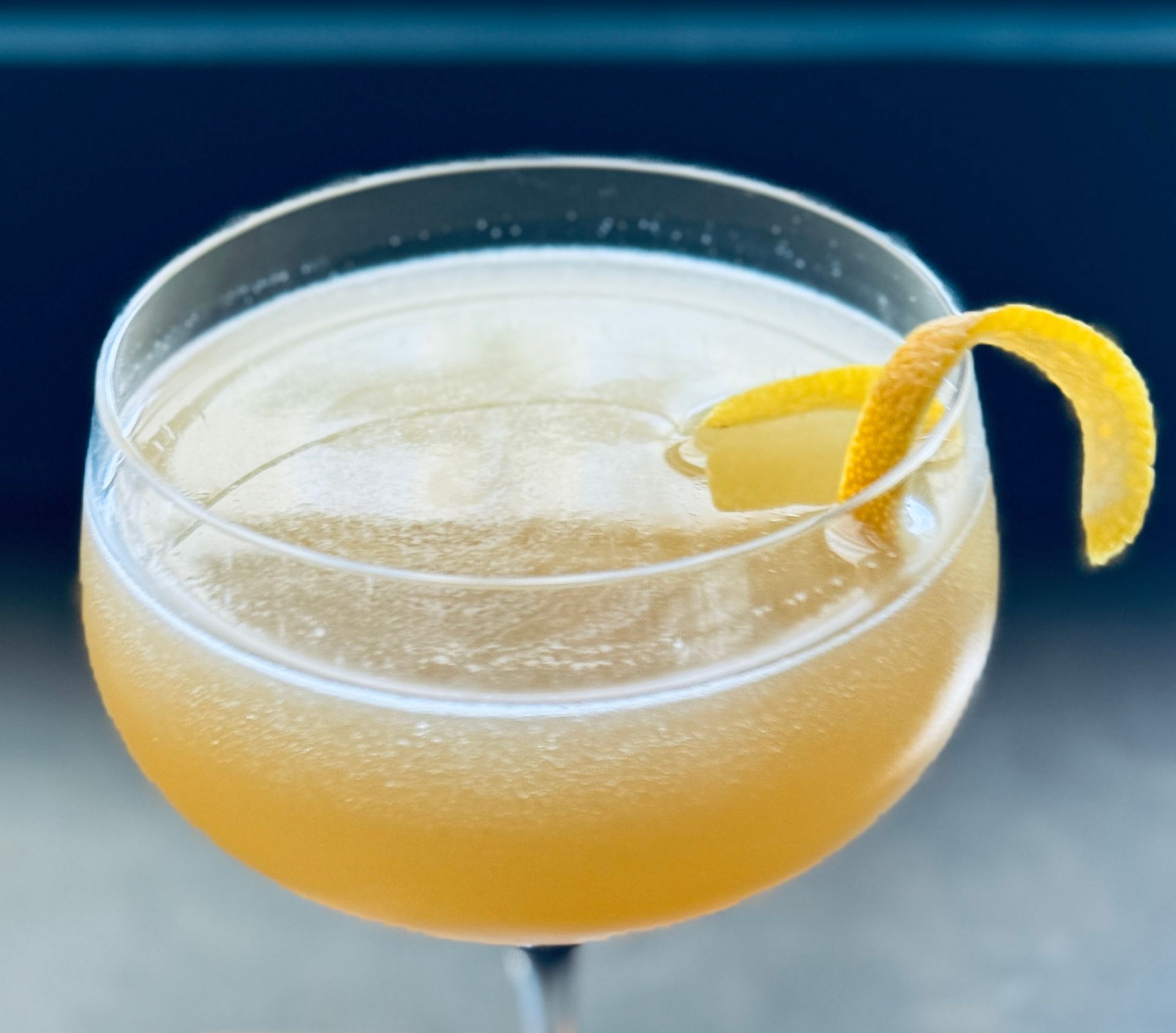
Some drinks are meant to refresh, others are meant to take you somewhere. The Starless Sea is a cocktail born from the idea of stories, inspired by Erin Morgenstern’s novel of the same name. Beneath the surface of our own world lives a place shaped by narrative, where memory and imagination flow like water. That is how I wanted this cocktail to feel - not just a drink but rather a moment that unfolds in layers, like chapters in a novel. Infused with intent: At the heart of this drink is coconut oil infused with lemongrass, cardamom and ginger, used to fat-wash aged rum. More than a culinary trick, this is a method of shaping flavors with control and care. Coconut oil is a nonpolar solvent, which means it extracts aromatic compounds that water or alcohol might miss or muddle. It draws warmth from ginger without the burn, citrus from lemongrass without the bitterness, and spice from cardamom without the astringency. When used to fat-wash the rum, those compounds enter the spirit with subtlety and softness. The result is not only a flavored rum, but the rum actually holds memories and echoes of the flavors of the spices and herbs. The infused rum becomes the foundation of the drink. Its texture is richer, and its voice is softer. The botanicals are less loud, they are gentle and atmospheric, like themes that occur in a story or a dream. Why Fat Washing? Bold ingredients like ginger and cardamom can easily overpower a cocktail if extracted with alcohol. That is why I use fat - not to mute the ingredients, but to curate them. Fat-washing is not just about adding texture. It is a way to filter flavors. Alcohol extracts everything, whether it is desirable or not. Fat chooses. It narrows the spectrum to a more elegant and focused set of notes. The result is not the full chorus, but a solo voice: precise, restrained and emotionally resonant. The oil became my editor when I created this drink. With its essential selectivity it aided me in my goal of evoking a mood and creating something intimate and immersive. The Recipe: • 1.5 oz fat washed aged rum (see below for full process) • 0.5 oz Yellow Chartreuse • 1 oz fresh lime juice • 1 oz honey syrup • 2 dashes orange bitters Shake with ice until cold. Strain into a chilled coupe or a small rocks glass over a single large cube. Garnish with nothing, or with a single lemon twist. I prefer it unadorned, just like the sea at night. Infusing the oil and washing the spirit: To infuse the coconut oil: • 200g unrefined coconut oil • 20g crushed then chopped lemongrass • 15g sliced then crushed fresh ginger • 5g crushed green cardamom pods Vacuum seal the mixture and cook sous vide at 130°F (43°C) for 3 hours. Strain the botanicals out while the oil is still hot, this ensures a clean separation and preserves the clarity of the oil. To fat wash the spirit: Use a 10:1 ratio by volume of warm (room temperature) spirit to warm infused oil. For example, 750 mL of aged rum to 75 mL of infused oil. Combine in a container you can shake vigorously. Shake well to emulsify. Let the mixture sit at room temperature for 5 hours. During that time, shake it about once per hour to keep the emulsion active and ensure even contact. After resting, freeze the mixture overnight. The oil will solidify on top into a puck. The next day, remove the puck first, don’t try to pour the rum while the fat is still in the way. Let the puck drain on a rack or in a funnel to capture the last few drops of spirit. Finally, filter the rum through a moist coffee filter to remove any fine fat particles. The result is a spirit that’s clean, richly aromatic, and texturally enhanced, but not oily. The sensory experience: When you bring the glass to your lips, the first thing you will notice is the aroma: floral, citrusy, unfamiliar in a way that makes you lean in. Secondly, the texture hits. It is soft, almost suspended, thanks to the memory of the coconut oil. The first sip is fresh with lime and honey. A moment later you will feel the Chartreuse glow underneath. Finally, the rum; layered with gentle spice and a lingering, mysterious warmth. The botanicals do not announce themselves. They drift in and out, like motifs and themes returning in different forms. As the drink warms it changes. You will notice new things, such as a touch of more ginger, a little more of the cardamom. The sweetness recedes and the structure becomes clearer. Like a story unfolds, this cocktail reveals itself slowly. Flavor as storytelling: When I design a cocktail I think about pacing, balance, and emotion. More than looking for something plainly delicious, I am looking for resonance. I want to create a drink that moves like a good narrative, something that draws you in, turns a corner, and stays with you once it is over. Flavor holds the power to do this, especially when it is shaped intentionally. Starting with infusing the fat and then using it to wash the rum allowed me to purposefully create the story. Instead of overwhelming the drink with spices, I selected only what belonged in it. Each ingredient plays a role but none of them compete. They collaborate and they whisper. The Starless Sea is not a cocktail to rush. You sit with it. You return to it. You notice something new with each sip. Like a favorite passage in a novel it stays with you, not because of flash but because of feeling. This cocktail is neither loud nor obvious. It is deliberate and in its subtle quietness, it tells a story to remember.
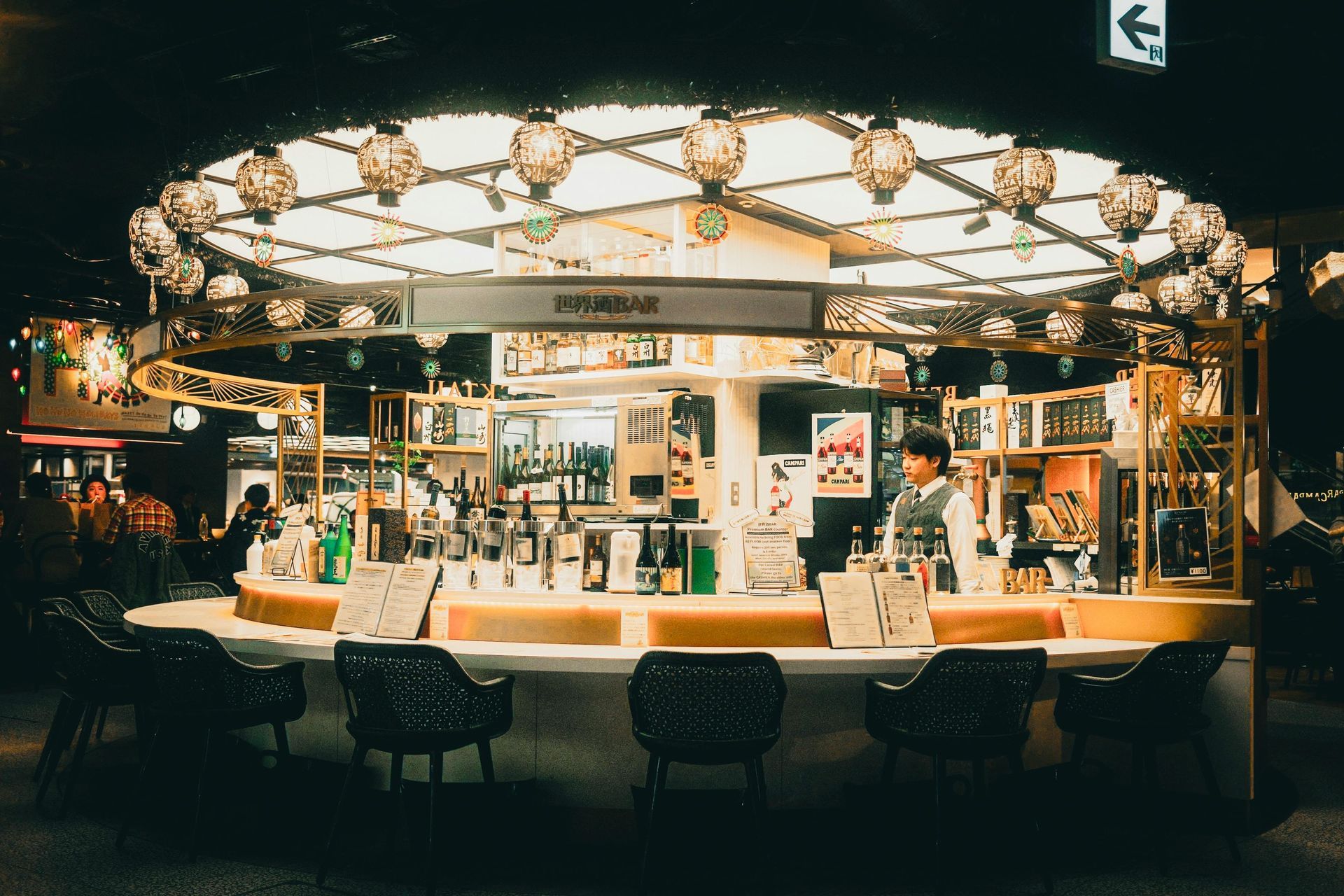
“Discover expert insights into staffing and team dynamics for boutique craft bars. Learn how to build smaller, efficient teams, balance technical skills with guest interaction, and foster a culture of excellence. Explore strategies for training, staff retention, and creating a collaborative environment where barbacks are valued as future bartenders. Master team management techniques that drive profitability and elevate the guest experience.”
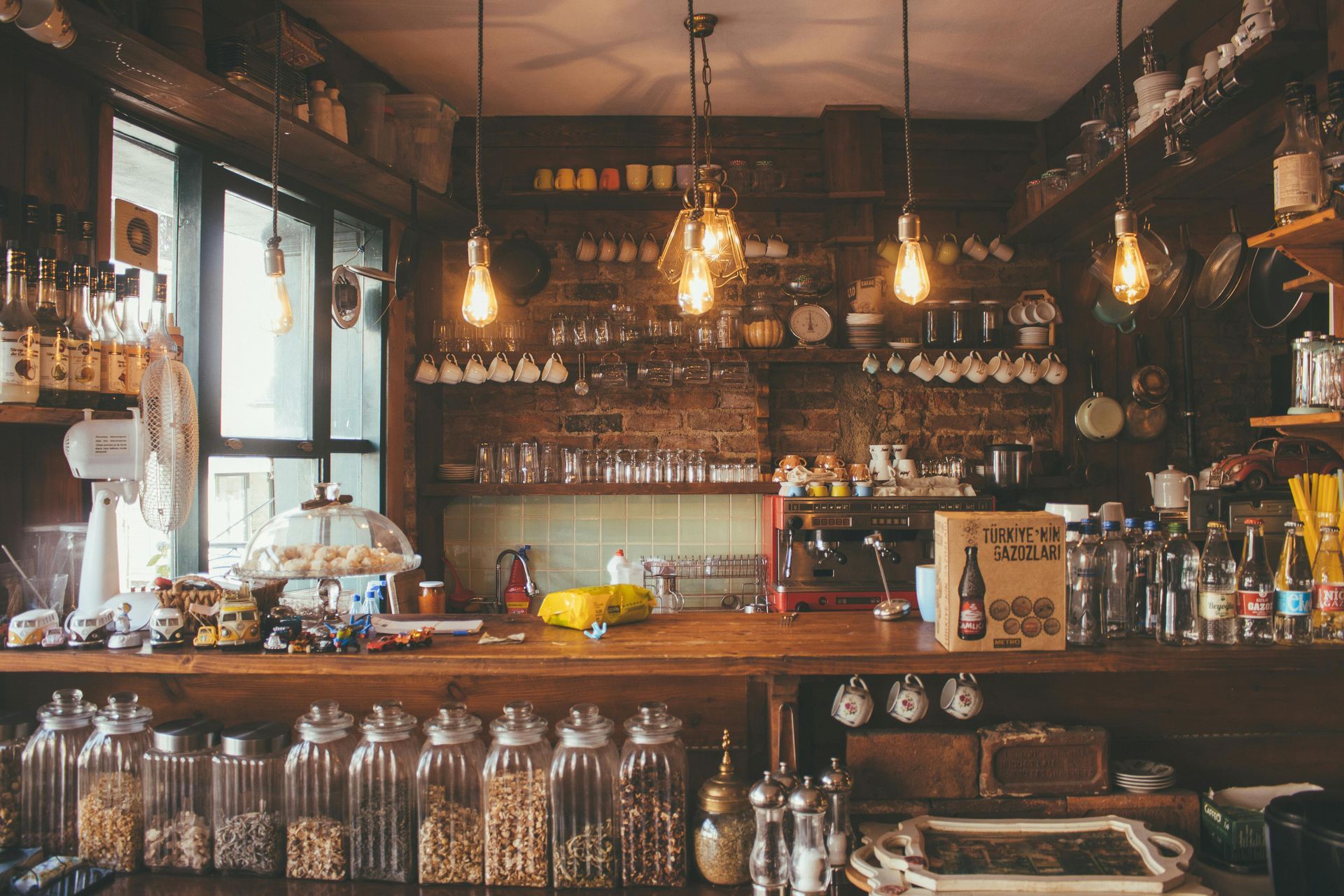
“Enhance your craft cocktail bar with expert tips on creating a memorable guest experience. Learn how to balance luxury with approachability, engage guests through confident bartending techniques, and tailor service to individual needs. Discover strategies for combining consistency with creativity, fostering a genuine bar culture, and turning every visit into an exceptional experience.”
